
views
- USB: Connect the “A” end of the cable to a free port on your computer and the “B” end to the keyboard.
- MIDI: Connect the other end of the cable to the MIDI “In” port on an audio interface, then connect the interface to your computer with a USB A-to-B cable.
- Download the MIDI drivers for your keyboard to your computer in order to record into your digital audio workstation (DAW).
Connect a USB or MIDI cable to your keyboard.
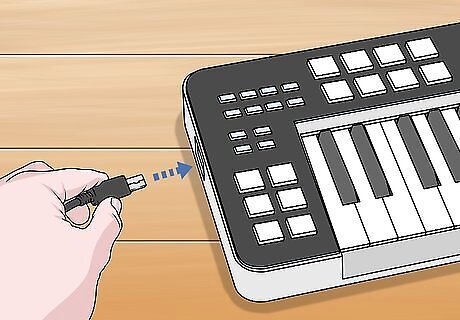
Your Yamaha keyboard may have different USB ports depending on the model. There are four types of audio-out ports you are likely to find on your keyboard: USB audio and MIDI: A USB audio and MIDI port is capable of sending both audio and MIDI data. Connect to these ports using a USB A-to-B cable. USB MIDI Only: A USB MIDI only port can send MIDI data from your keyboard, but not audio. Connect to these ports using a USB A-to-B cable. MIDI Port: Some older keyboards only have a MIDI out port (MIDI ports are circular with 5 pins). To connect a MIDI cable to your computer, you will need an audio interface with a MIDI in port. Line-out/Auxiliary: Some keyboards have a line-out or auxiliary port you can connect to using a 1/4" audio cable. You can also use the headphone port on your keyboard as a line-out port.
Connect the USB plug to your computer or audio interface.
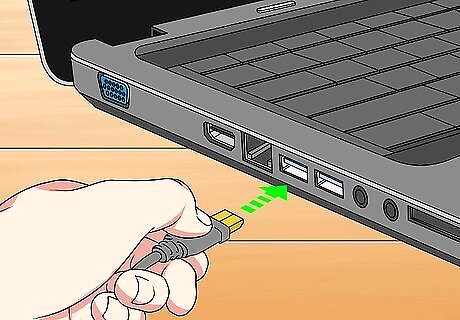
If you don't have a USB input on your computer, buy an adapter online. USB: If you have a USB A-to-B cable connected to your keyboard, connect the other end of the cable directly to a free port on your computer. MIDI: If you are using a MIDI cable, connect the other end of the cable to the round MIDI In port on your audio interface. Then, connect the audio interface to your computer using a USB A-to-B cable. Line out/Auxiliary: If you’re using a 1/4" audio cable to connect to your computer, connect the other end of the cable to the Line In port on an audio interface. Then, connect the audio interface to your computer using a USB A-to-B cable. If you are using a 1/4" audio cable to connect to your computer and you do not have an audio interface, connect directly to the microphone port on your computer using a 3.5mm adapter.
Download the MIDI drivers for your keyboard.
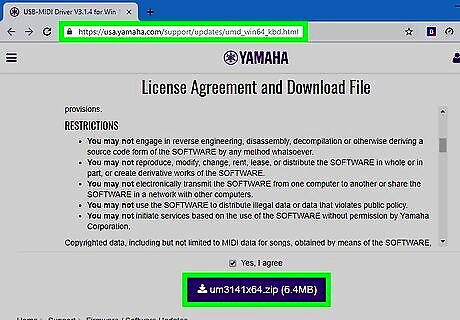
To record your keyboard using MIDI data, install the latest MIDI drivers using these steps: Windows: Go to the MIDI drivers for PC download page. Scroll down and click the checkbox to agree to the license agreement. Click the purple button to download the zip file. Click the zip file in your Downloads folder or in your web browser to extract the files. Open the "um3141x64" folder in the extracted folder. Double click the Setup file and follow the onscreen instructions. Mac Go to the MIDI drivers for Mac download page. Scroll down and click the checkbox to agree to the license agreement. Click the purple button to download the zip file. Click the zip file in your Downloads folder or in your web browser to extract the files. Open the um132-2mx in the extracted folder. Double-click the Yamaha USB-MIDI Driver V1.3.2.pkg file and follow the on-screen instructions.
Turn the keyboard on.
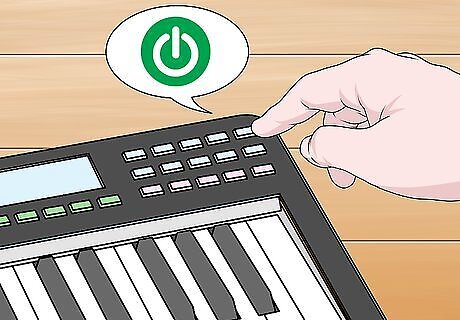
Once your keyboard is connected to your computer and you've downloaded the MIDI drivers, power it on. Some keyboards may require you to put them in PC or MIDI mode to record MIDI data. If your keyboard was on while you downloaded the MIDI drivers, turn it off, wait 6 seconds, and turn it on again so it recognizes the drivers.
Select the keyboard/audio interface in sound settings.
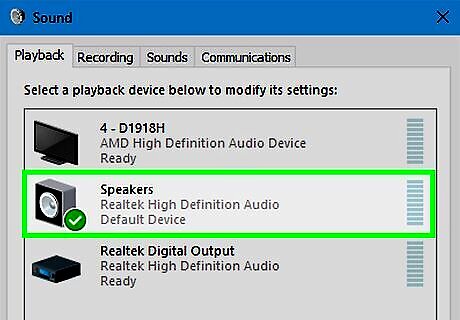
Use these instructions to select your keyboard or audio interface in Windows and Mac: Windows: Click the Windows Start menu. Click the Gear icon/Settings menu. Click System in Window Settings. Click Sound in the sidebar to the left. Select your keyboard or audio interface in the "Input" drop-down menu. Mac: Click the Apple icon in the upper-left corner. Click System Preferences in the drop-down menu. Click the Sound icon in the System Preferences menu. Click the Input tab at the top. Click your keyboard or audio interface.
Open your digital audio workstation.

In order to record with a Yamaha keyboard, you need digital audio workstation (DAW) software. Many computers come with their own DAW (for example, Macs come preloaded with GarageBand). If you do not have a DAW, Reaper offers an unlimited free trial. Audacity is another free recording program.
Add a new audio or MIDI track.
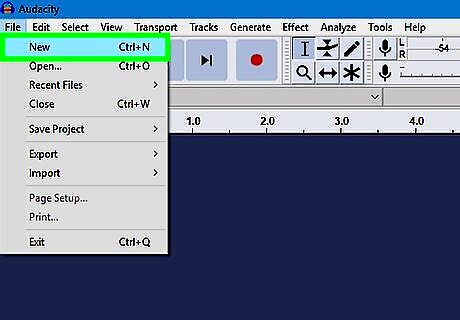
The way this is done is different from one DAW to another. Typically, you click Track in the menu bar at the top, then click New Audio Track or New MIDI Track or something similar. Audio recording records the exact sound that comes out of your keyboard as a wav file. MIDI records the play data (the keys you press and the volume) but uses your computer or DAW to apply the sound or tone.
Arm the track and record your keyboard.
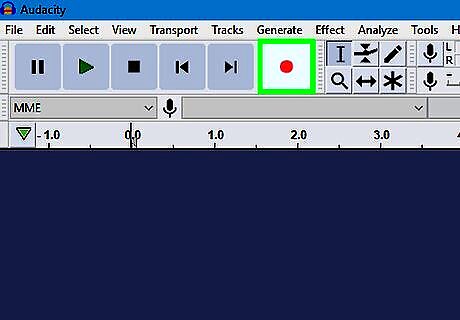
After you add a new audio or MIDI track, arm the track (select your keyboard as the input channel for sound) and click the record button to start recording.











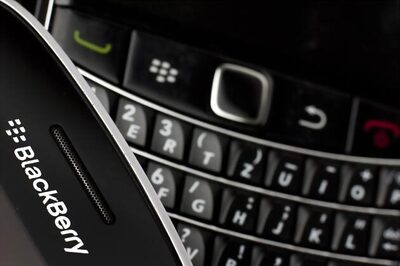


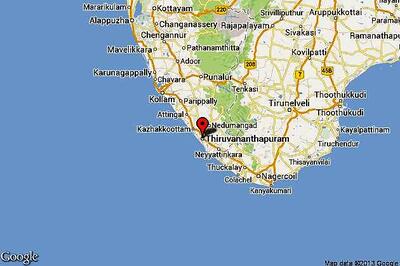





Comments
0 comment